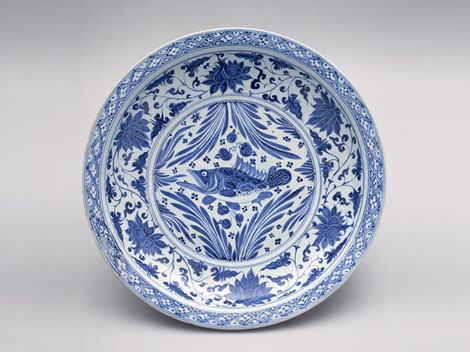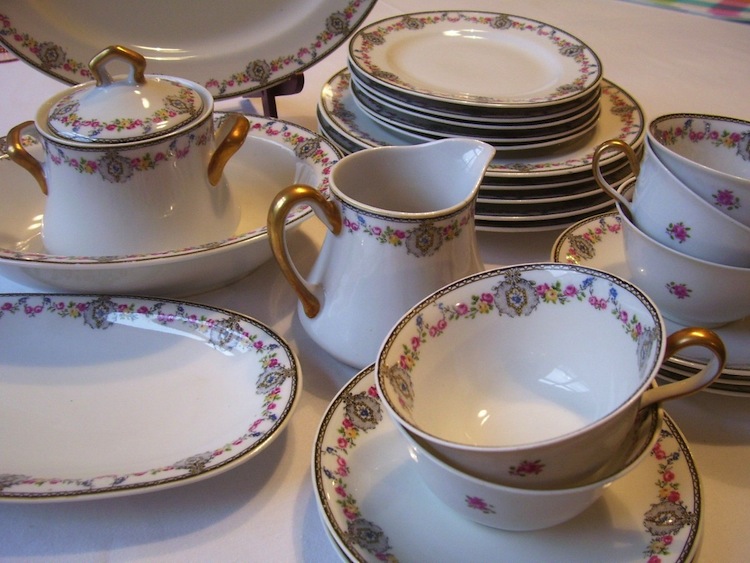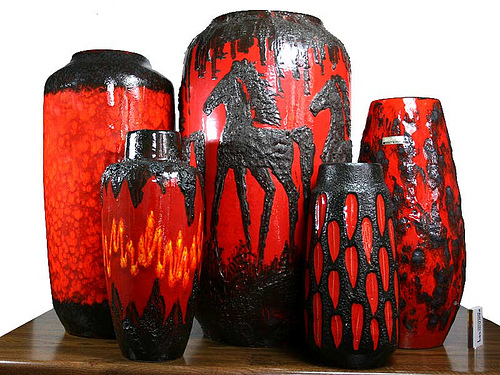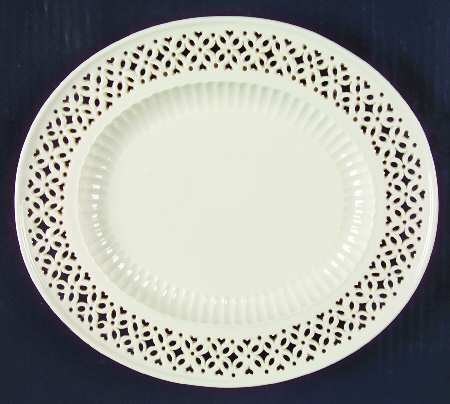The production of pottery is one of the truly ancient arts known to man. Ceramics in general is the art of heating common clay. In the earliest days of Chinese pottery (approximately 8000 years ago), the clay was used to create either utilitarian or ornamental objects. Ceramics are usually thought of as all pottery and porcelain wares. It is porous clay that has been baked or fired in a kiln generally at a temperature of 1000 Centigrade.
Pottery generally consists of three genuine types of wares. The first type, which is earthenware, has been made pretty much the same way since ancient times. Basically made of clay (oftentimes blends of different types of clays) and then baked. The hardness of the pottery depends on the heat of the firing. As the invention of glazing came into being we see the application of glazes ornamentally and pieces were glazed to insure their being waterproof. If fired at great heat, the pieces would become nonporous.
These nonporous pieces, called stoneware, are the second type of ware. The third type of pottery is another Chinese invention. What is known in the West as “China”, makes up the third category of pottery.
Porcelain was made from a mixture of special clays, often Kaolin and Feldspar.
Chinese potters looked at glazing techniques as having prime importance in their craft. In the early days of Chinese pottery there were thousands of kilns throughout the countryside, each government owned. As far back as the earliest potters, artists began using various techniques of decorating. Some of the earliest styles involved impressing and incising.
As the history of pottery progressed, and as the government gave up control in the later Ching Dynasty of the kilns, we see the local craftsman themselves taking control of the kilns they had worked in for so many years. This is when the uniqueness of craft truly flourished most.
The independent artist themselves now had the opportunity to do as they wanted. Self expression and style really progressed most during the Ming and Ching Dynasties because of their greater freedoms and autonomy. As the Dynasties developed and people began to prosper, so did the development of the arts.











